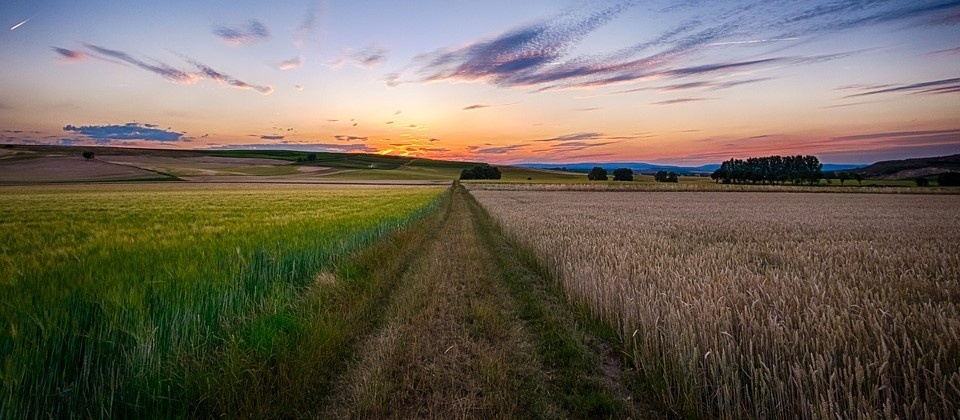
PRODUCT LINE
-
Forage Harvesters and Heads
-
Stationary Machines
-
Spreaders
-
Packing and Storage Line
-
Hay Equipment Line
-
Mixers
-
Forage Wagons
Expectations for brazilian agribusiness in 2017
01/17/2017

Despite the fact that agribusiness is often seen as one of the pillars that keep Brazil working when difficult times comes in economics and political scenario, some areas of the sector faced a downsizing in a year that faced the most aggressive economic crisis of the past times, affecting farmers and manufacturers. Adding to this well-known complex scenario, there was another factor to make the situation even worse: the climate. 2016 was the year of the El Niño, a phenomenon that overheats the waters of the Pacific Ocean. It has a massive influence on the climate and thus, in the agribusiness.
The phenomenon began in the spring of 2015, bringing historical high temperatures, which made the South of the Brazil flooded because of the excess of rain. In the other hand, rain did not show up as expected during summer and autumn in the states producers of grains in Northeast, Goiás, Minas Gerais, Mato Grosso, Espirito Santo and Tocantins. El Niño also brought too much rain in São Paulo, Paraná and Mato Grosso do Sul State.
Political and economic crisis, combined with the climate change, lead to a fall in harvest of grains that varies between 10 and 11%. The forecast for 2016 was 210 millions of tons, but in reality, Brazil closed the year with the lowest volume of the past six: 186 Million of tons, according to Companhia Nacional de Abastecimento – CONAB (National Company of Supply). Among the range of grains with big loss, was the lack of corn’ supply in the market and big industries, making the price of this essential product up to 121% more expensive than the past year, frightening confiners and other corn dependents.
Looking into the beef cattle scenario, this was the most affected sector of agribusiness because of the crisis and the cost of production. Analyzing some points like cost of reposition, livestock prices and corn value showed that there was a reduction in the production of meat in 1,21% comparing to 2015, which affected farmers and industry. With the livestock prices going down, the lack of offer of calves and the high price of corn, there was a reduction around 15% in total volume of bovine slaughter in Brazil, what made the numbers go from 30,6 millions to 26 millions animals slaughtered in 2016. These three factors were also responsible for bringing down the confinement in 18%.
It is known that with the decrease of cow slaughter and its consequent restriction of cow calf, the price of calves has increased and the profit made out of feedlot and stocker has decreased in the past two years. In 2017, it is expected inversion of this scenario. The scenery for cow calf it’s less attractive due to the high offer of calves, which, in the other hand, benefits feedlot and stocker, considering that the decrease of calves price may be a better option to replace a cheaper arroba price that is expected this year.
With the beginning of rain seasons in most areas of Brazil at the right time, it is expected that La Niña, another climate phenomenon, set temperatures to stable levels and control the amount of rain in the first quarter of 2017. After that, there will be a neutral period that usually lasts for five to six months and gives more safety to the agribusiness. The public reserves of corn are in very low levels, difficulting the offer to the market, but the forecast is good for 2017 and it is expected more than 215 millions of tons.
In summary, the variables of the market are many, and even with good perspectives for this year, 2017 its going to be full of challenges to the agribusiness sector. Farmers will have to keep investing in order to make the production more efficient, what makes the profit higher. Considering the current economic situation, there´s only one thing for sure: the hunt for efficiency, in a year that will have to be planned with austerity, caution and organization.
 By: Samara Costa Soares
By: Samara Costa SoaresVeterinarian by UFG (Federal University of Goias State) and Master Degree by Florida University (United States of America), PESEBEM Program’s technical manager at Agriculture and Livestock Federation of Goias State (Brazil).
